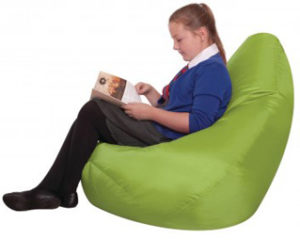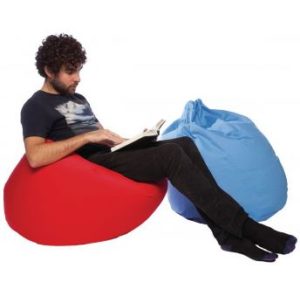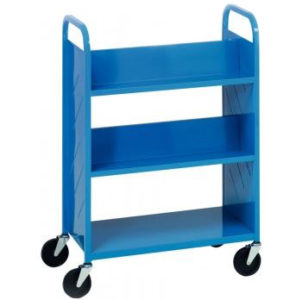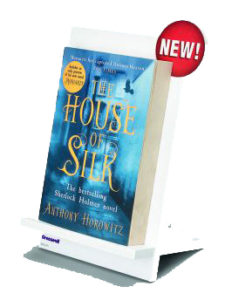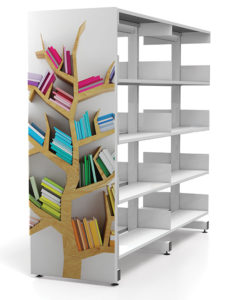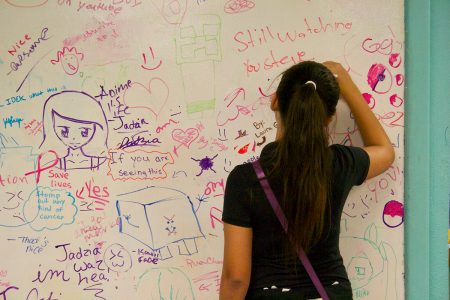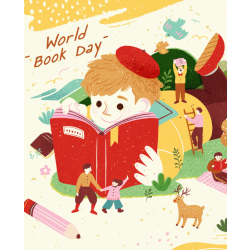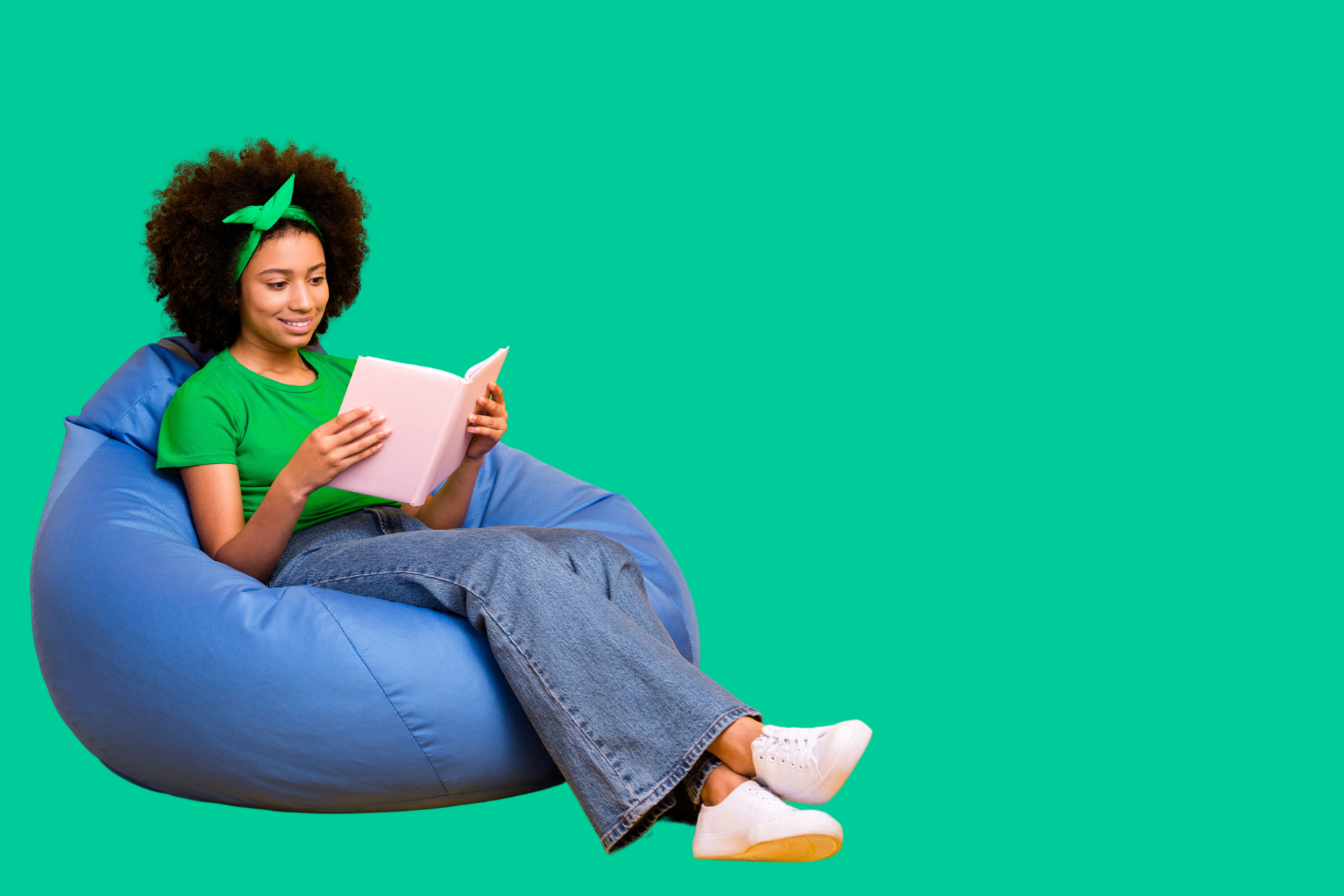

Fast-paced, 21st Century sociological shifts have created a Generation Z of teenagers, otherwise known as the ‘iGen’ who are very different from the X and Y generations. Driven by technology, these digital-ites are hard researchers, avid gamers, and social media experts with a desire to be entertained on demand. The world of smart technology, gaming consoles, and social media platforms has resulted in today’s teen being predominantly driven by technology and reliant on swift access to information on the go.
In the minds of the iGen google has always existed and Wi-fi access is the norm – known to be more independent from an early age, and more driven, alert and even entrepreneurial; but on the contrary, are more self-absorbed, can struggle with face-to-face and real-life social situations, are easily distracted and have declining patience levels.
Some staggering Gen Z statistics demonstrate just how technologically driven this group is:
- More than 74% of this generation spend their free time online
- In the UK Gen Z spends an average of 10.6 hours online every day
- 66% of Gen Z report using more than one internet-connected device at a time
Barriers to Reading
The increasing use of smart devices and technology has transformed the way today’s young adults think and behave and two of the biggest shifts are poor attention span and a lack of ‘patience’ and the ability to wait. Fast access to information on the fly is their expectation, which makes the ability to slowly absorb mass information through reading challenging.
Interest plays a large part in this, but it is keeping them engaged regularly and for long periods which can be the difficulty.
If they are interested in the subject, topic or genre then they may be more likely to read, however when it comes to education and mandatory reading the desire decreases and teens will reach for their devices to learn through technological means such as video and imagery rather than a book.
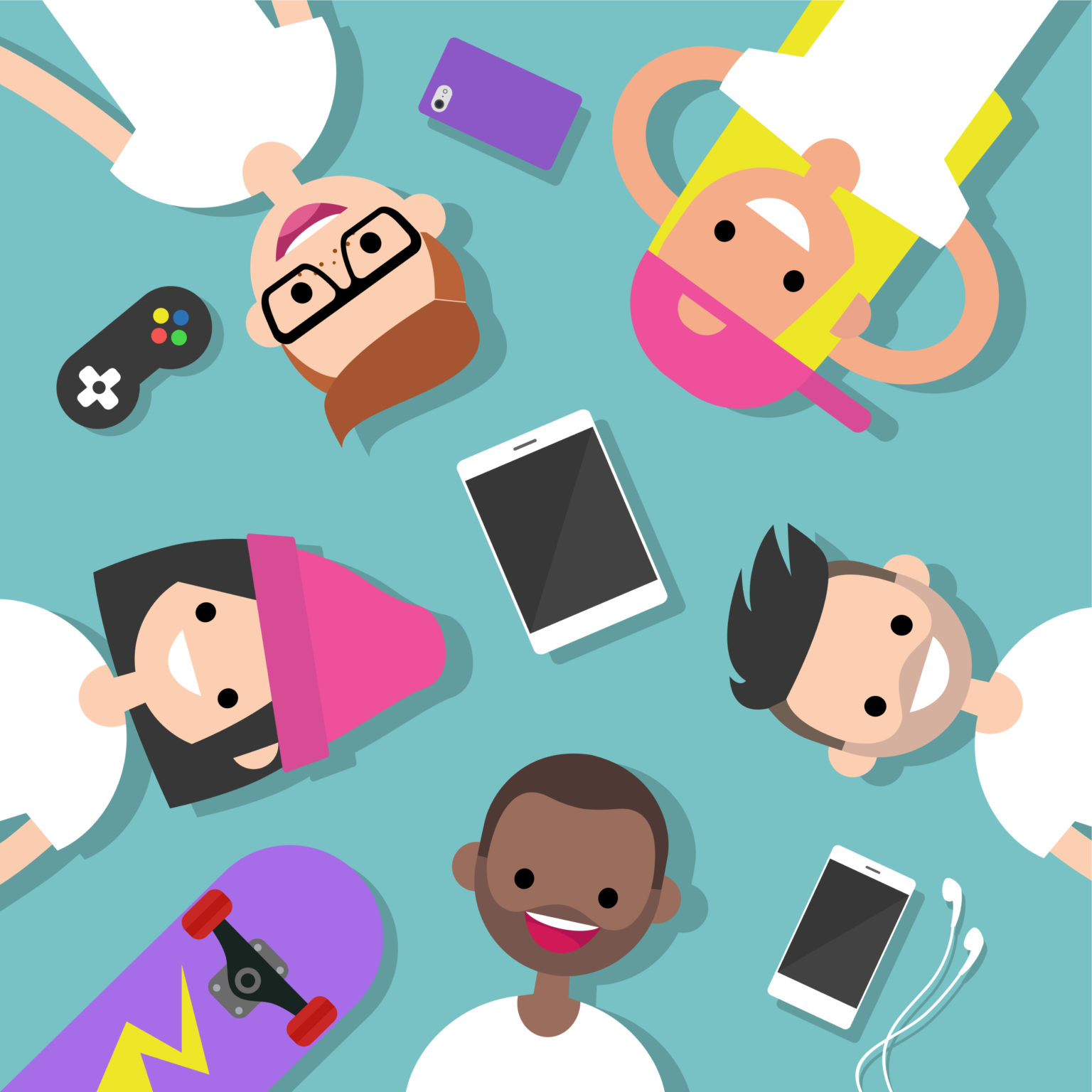

For babies, toddlers, and young children reading is a great tool for learning and engagement which is simpler to encourage, and with little resistance. However, very young children today are still learning through technology and although this fast access to vast amounts of information is making our generations ‘brighter’, it is making them lazy, especially as adolescents.
A short text, YouTube video, and rapid information quickly absorbed on social media are all easily accessible channels that stimulate young adults today. As children get older reading can become onerous and just something, they must do rather than reading for pleasure.
The reading agency published research stating that 31% of adults do not read for pleasure in their free time, and this statistic is as high as 46% for young adults (aged 16 to 24). Even though many secondary schools maintain a focus and momentum on reading for pleasure, statistics significantly reduce to between 17 to 25 % for these age groups – averaging less than a quarter of teenagers reading leisurely and in their own time.
Positive Impact of Reading
It is well-known that reading improves memory function, increases concentration levels, and can relieve stress, but reading significantly improves emotional intelligence too. This can play a key role in supporting young people, their mental health, and their journey into adulthood. All teens will go through huge changes to their body and mind and many will face life experiences that are difficult to deal with. Fiction is an important form of escape for many teenagers, helping them imagine, relate, and can be a great aid for dealing with their problems, especially when reading in the first person. Literature provides opportunities to find and identify with people just like them.


The question is, are there ways in which schools and libraries can further enhance the reading environment to help teens embrace the art of reading…


Breaking the Barrier...
As many parents and teachers know, encouraging teenagers to read in the first place can be a battle but how do you maintain interest and build a love for reading once engaged. The learning environment will be one of the biggest engagement tools you’ll have.
Whether a public or school library, the way you present your reading/learning environment will have a huge impact on how interested teens are, how long they spend reading and maintaining a desire that keeps them reading regularly.
Sofas offer a seating option that is softer and more comfortable than a traditional chair, creating an environment that feels more like home, and encouraging young adults to feel more relaxed whilst reading.
Bean bags provide both children and young adults with contemporary, cosy, and comfortable alternatives to a traditional desk and chair. They are an excellent relaxation aid that increases comfort and ultimately the amount of time teenagers spend reading. Research has proven that bean bags offer more comfort than any other furniture or seating could provide and are now widely used in public and school libraries across the globe.
Considering reduced ‘patience’ levels in teens today, providing a Trolley within a comfortable reading space is a fantastic way of getting books in front of readers easily and will enable them to select and return a book with minimal effort and without having to revisit shelves of books. Space must be considered, so it is worth storing books that are relevant to teens and displayed clearly and easy for them to spot.
Ceature Comforts
As human beings, we have a natural need to feel comfortable in our surroundings and will be influenced hugely by the environment in which learning and reading take place.
Raising Awareness
It is important to let teenagers choose their own books to read but this can be daunting to unconfident readers. There is such a variety out there regarding new authors, formats and, genres that ensuring you are appealing to everyone, especially readers with lower concentration levels and patience is key.
It is, therefore, necessary to bring ranges closer to the reader and to draw attention to the breadth and variety available to them.
Why not create a section “Our choice of the week”, “Our favourites”, “Our summer selection” “Books about Love” “Stories Tackling race” New Non-Fiction Titles, etc. These displays will be perfect to ensure a thorough rotation of the entire collection but also to help teenagers discover titles that are relative to them, forgotten about or completely unknown – quickly and easily!
Easels are excellent for displaying your books beautifully and cost-effectively.
Quality wall displays and shelving units are also great as part of the perfect setup and clear promotion of books in your library.
Problem-solving, collaboration, creativity, and communication are driving forces behind today’s 21st-century learning. Well-designed spaces will give you the environment in which collaboration and creative juices can flow. The introduction of zoned areas including whiteboards and seating pods will create a setup that encourages teenagers to collaborate and learn both together and independently.
Vertical surfaces, like walls and mobile whiteboards, are great for brainstorming and collaborative work, as well as for presenting to larger groups of students.
Horizontal surfaces, like dry-erase tables or small individual whiteboards, are great for projects that students don’t necessarily want to broadcast to everyone else in the room. They work well to support small groups and individual brainstorming.
Whiteboard walls, tables, and other surfaces can become the students’ space rather than the teacher’s space. This empowers student voice by allowing them to have a place where they can create and express themselves with few restrictions.
When students are working on a project together, it often helps them to write or draw their ideas. Being able to see their outline written out, drawing up a draft of the robot they’re planning to build, and writing out the problem area of their code — all of these can be especially helpful to visual learners.


An ever-increasing volume of evidence indicates that gender is a significant factor in both choices of reading materials and reading achievement for boys and girls. The latest studies show that it is harder for boys to engage in reading from an early age.
Read our latest blog to find out more about why and how to encourage boys to read at home.


